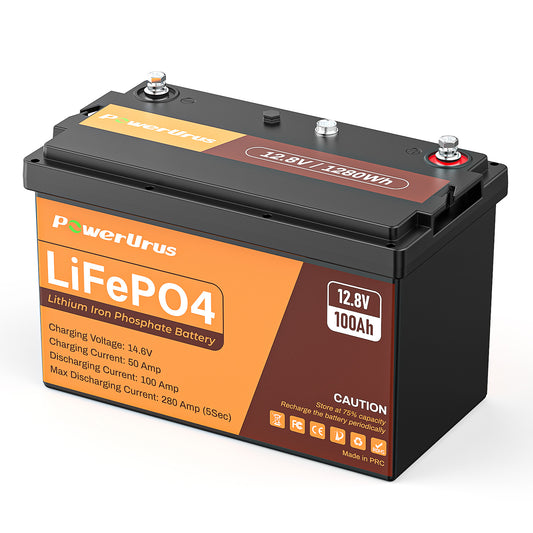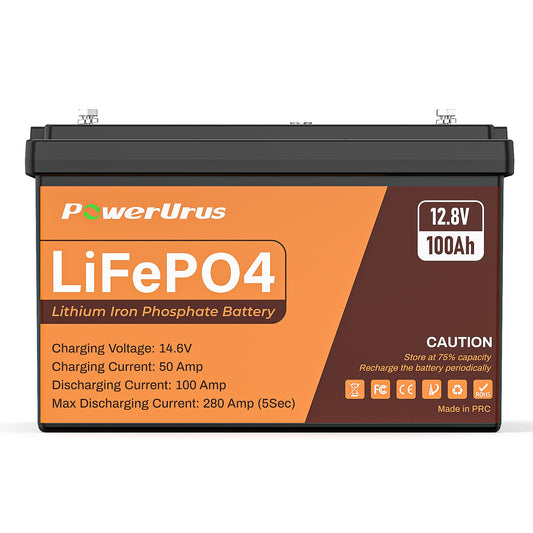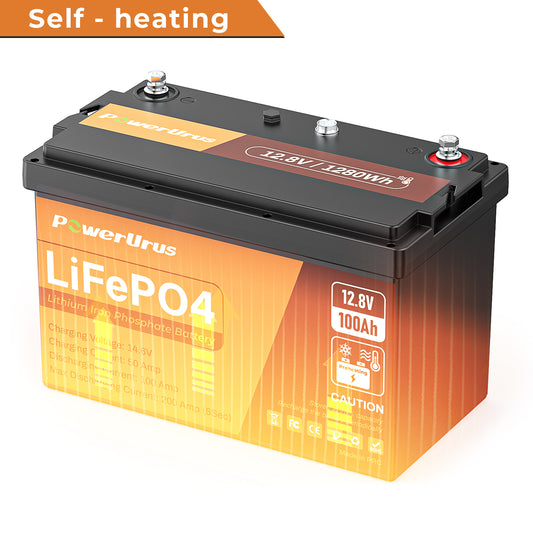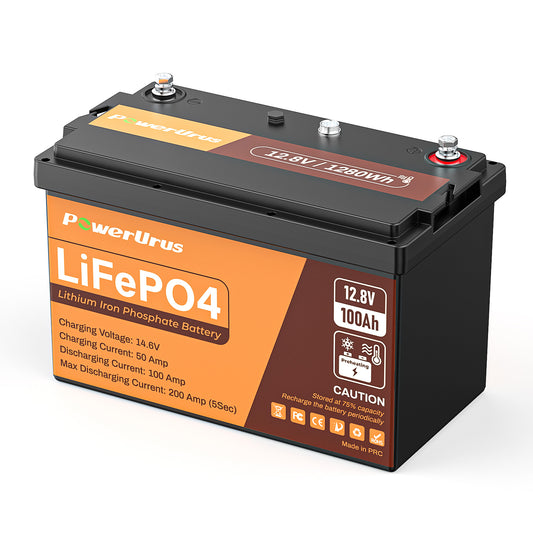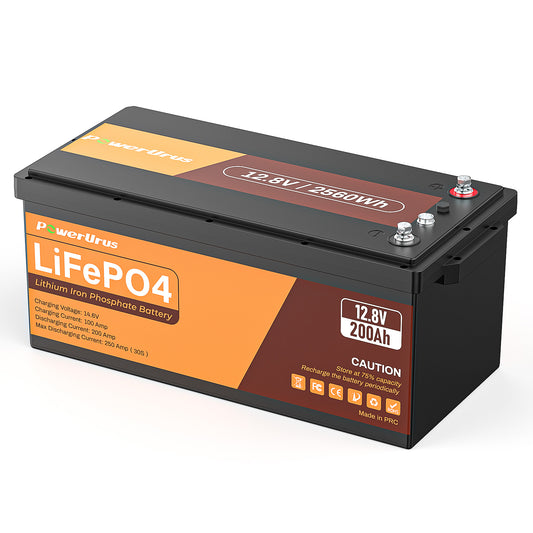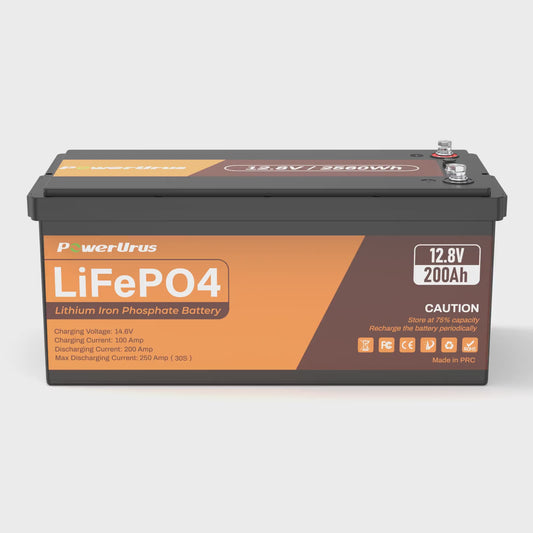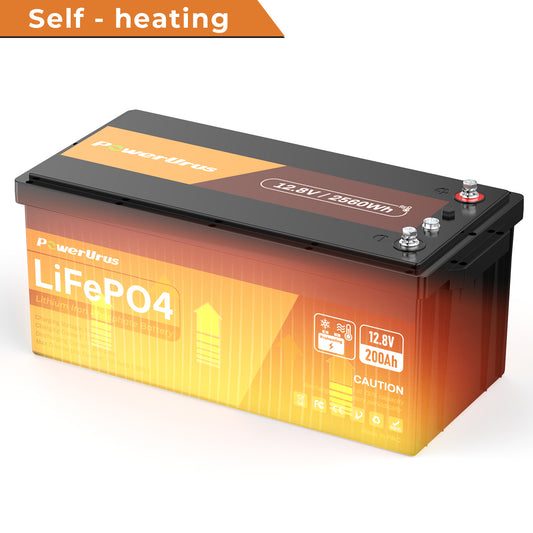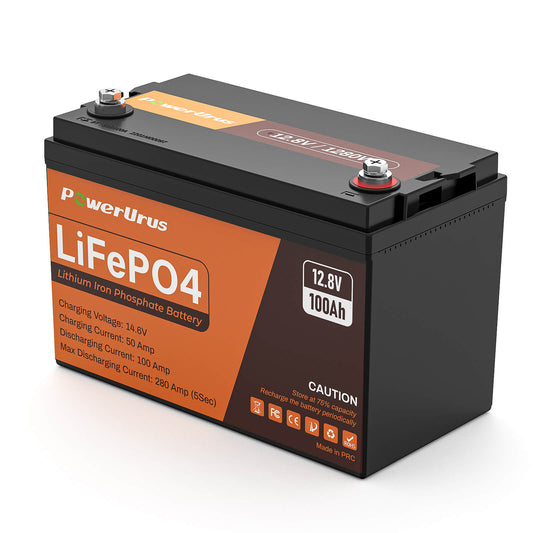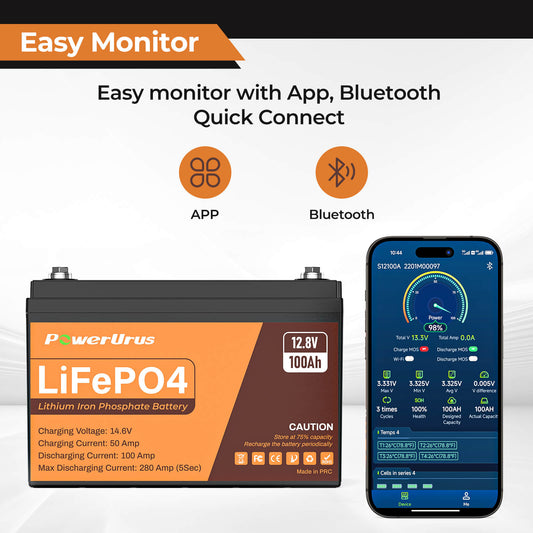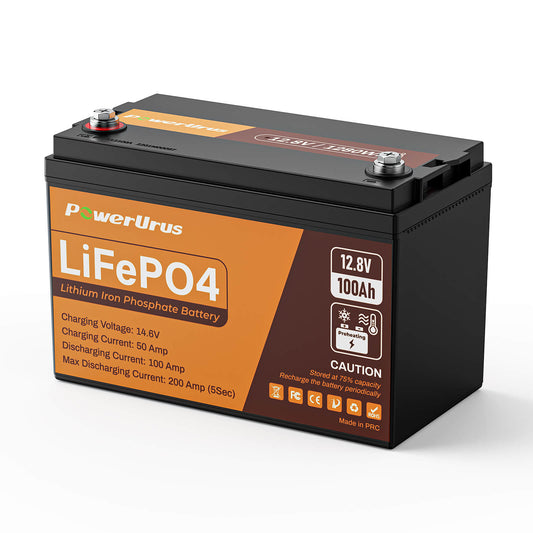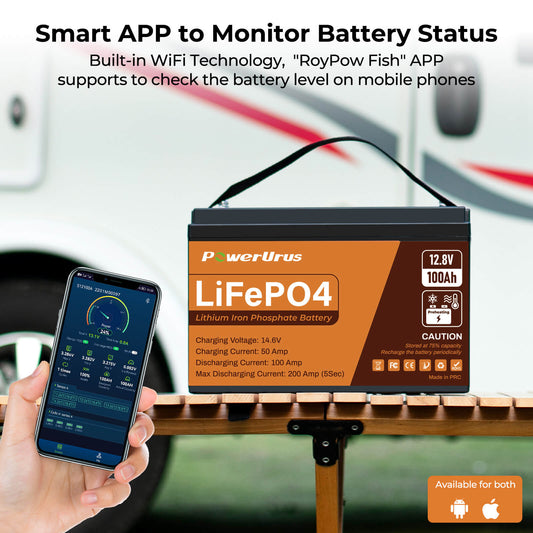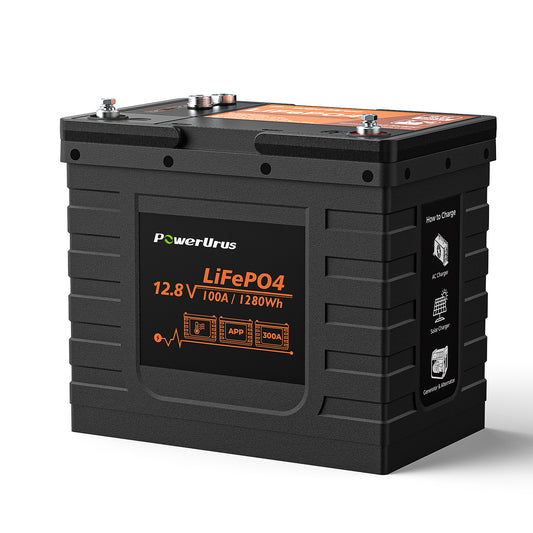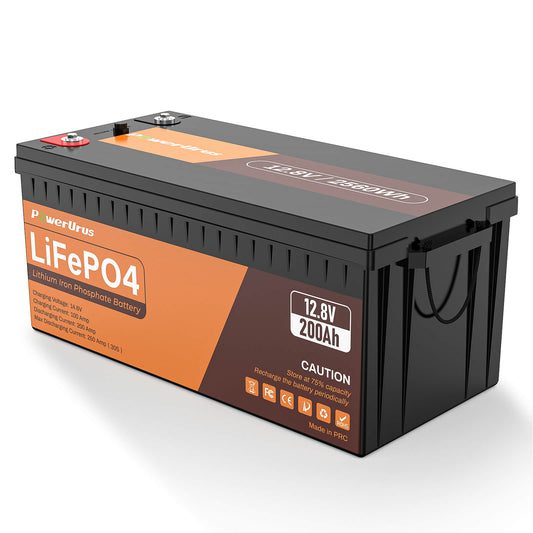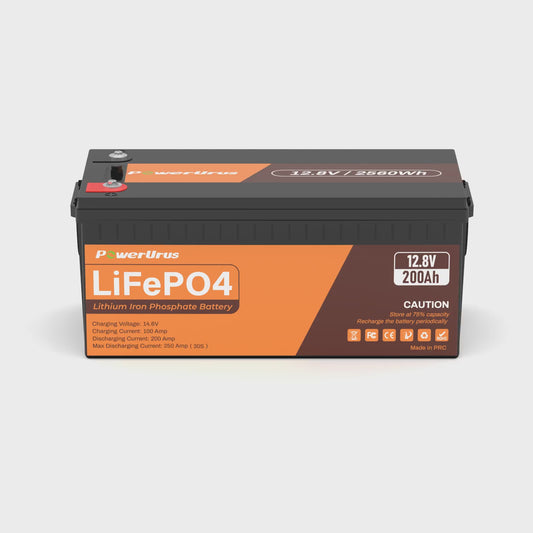48V vs. 36V LiFePO4 Golf Cart Batteries: Choosing Your Course’s Perfect Match
Selecting between 36V and 48V golf cart LiFePO4 batteries requires understanding your course’s unique demands. As Powerurus’ lead engineer, I’ll break down the decision matrix we use with PGA Tour venues:
Terrain Analysis
Flat Courses (Slope <8%):
36V systems provide optimal efficiency
Example: 36V 120Ah battery = 40-mile range
Hilly Courses (Slope >12%):
48V delivers 18% more torque for incline climbs
Example: 48V 100Ah battery sustains 14mph on 15% grades
Load Requirements
|
Accessory |
36V System Impact |
48V System Impact |
|
GPS/Entertainment |
8% range reduction |
5% range reduction |
|
Cooler (50W) |
12% range loss |
7% range loss |
|
LED Lighting Kit |
Negligible |
Negligible |
Cost Comparison
Upfront Investment: 48V systems cost 25-30% more than equivalent 36V
Long-Term Savings: 48V achieves 12% better energy efficiency on hilly terrain
Hybrid Approach in Action
Pebble Beach Golf Links uses:
✓ 48V batteries for caddie/supply carts
✓ 36V batteries for player carts
Result: 31% energy savings vs. all-48V fleet
Expert Recommendation
Map your course’s elevation changes with our Gradient Analysis Tool
Test both voltages using our demo program
Phase upgrades starting with steepest routes
All Powerurus golf cart LiFePO4 battery systems come with terrain-specific configuration guides.

